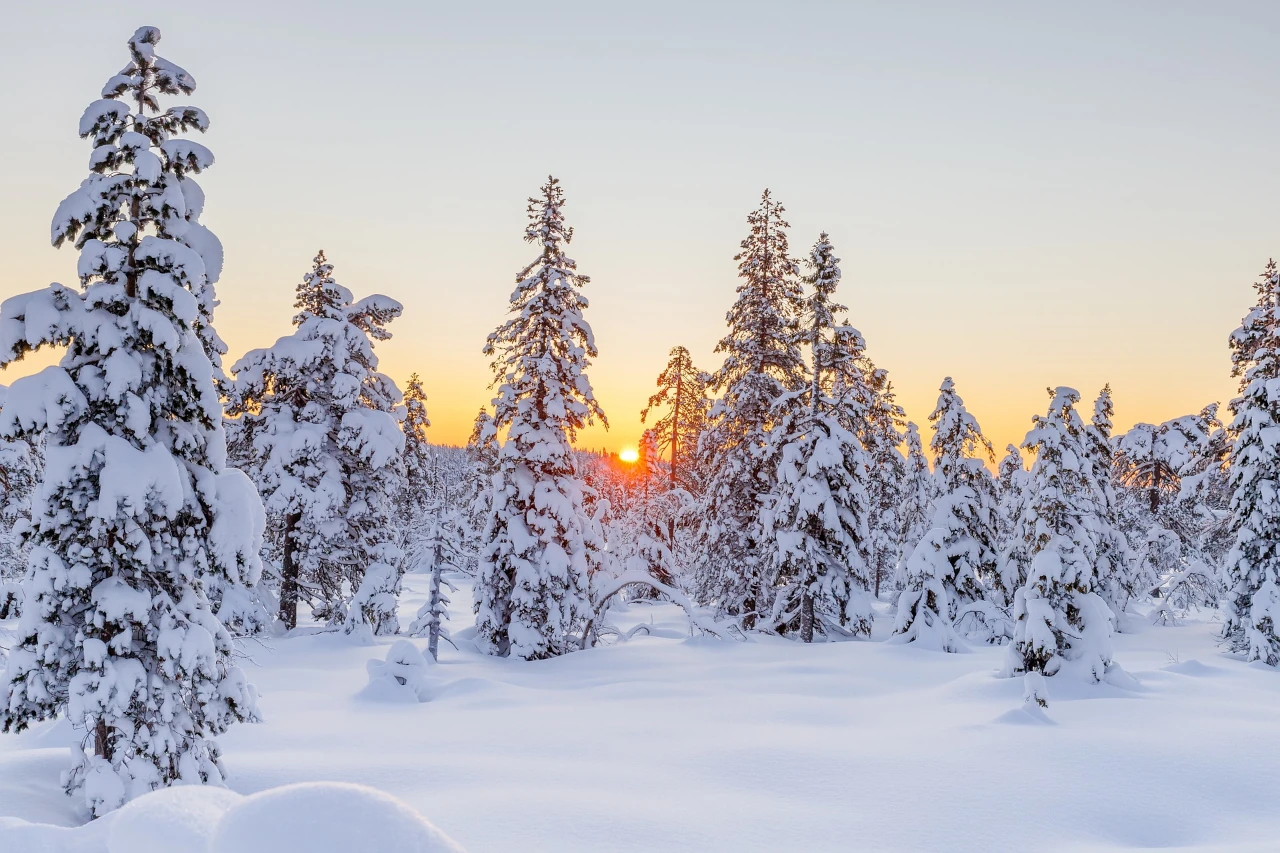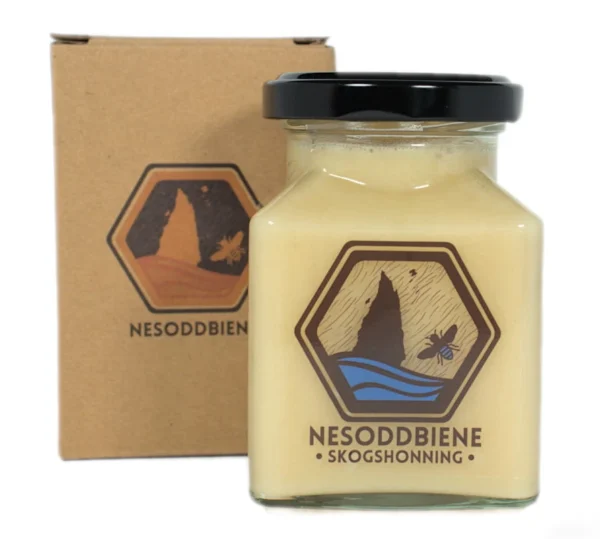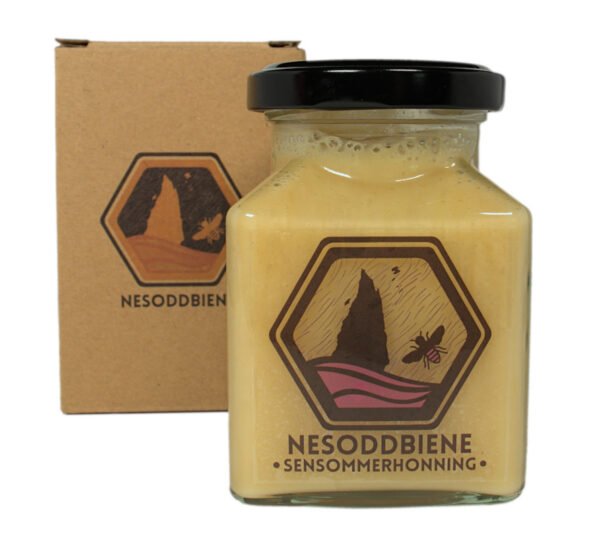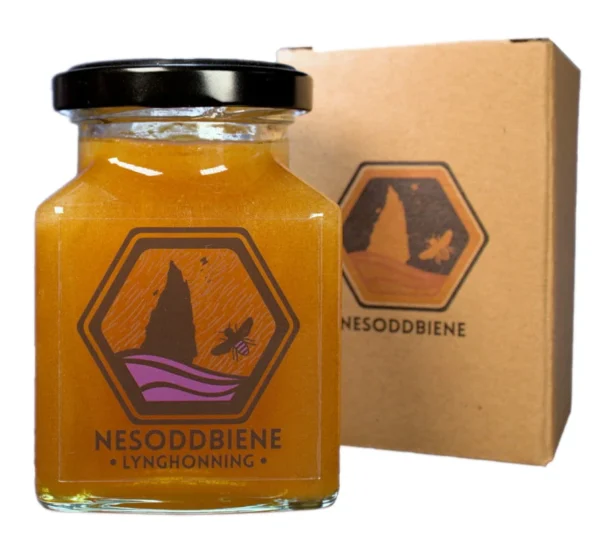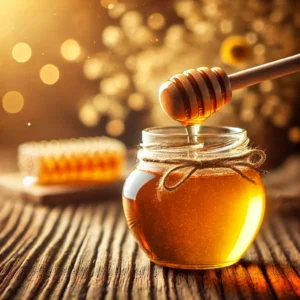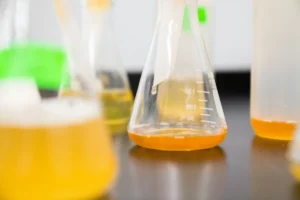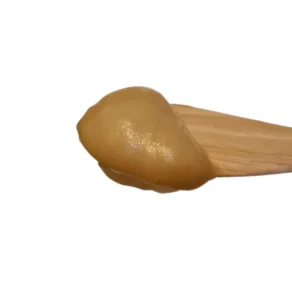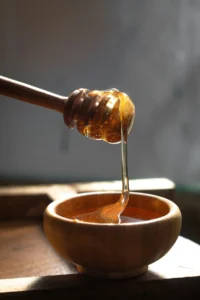It all starts with nature!
Norway has a lot of nature. Nearly 1/3 of its land is covered by forests. Less than 3% is covered with cultivated land, and only 2% is built land. The remaining part of its land consist of mountains, mountain plateau, wetlands, lakes and peat. In total, almost two-thirds of Norway’s land remains pristine.
This gives us as beekeepers a valuable opportunity to access native wildflowers with minimal disruption from agricultural activities. But it also comes with responsibilities. Beekeeping in Norway involves a keen awareness of the delicate ecosystem, necessitating a commitment to taking responsible measures to preserve the surrounding nature and promote the well-being of wildlife.
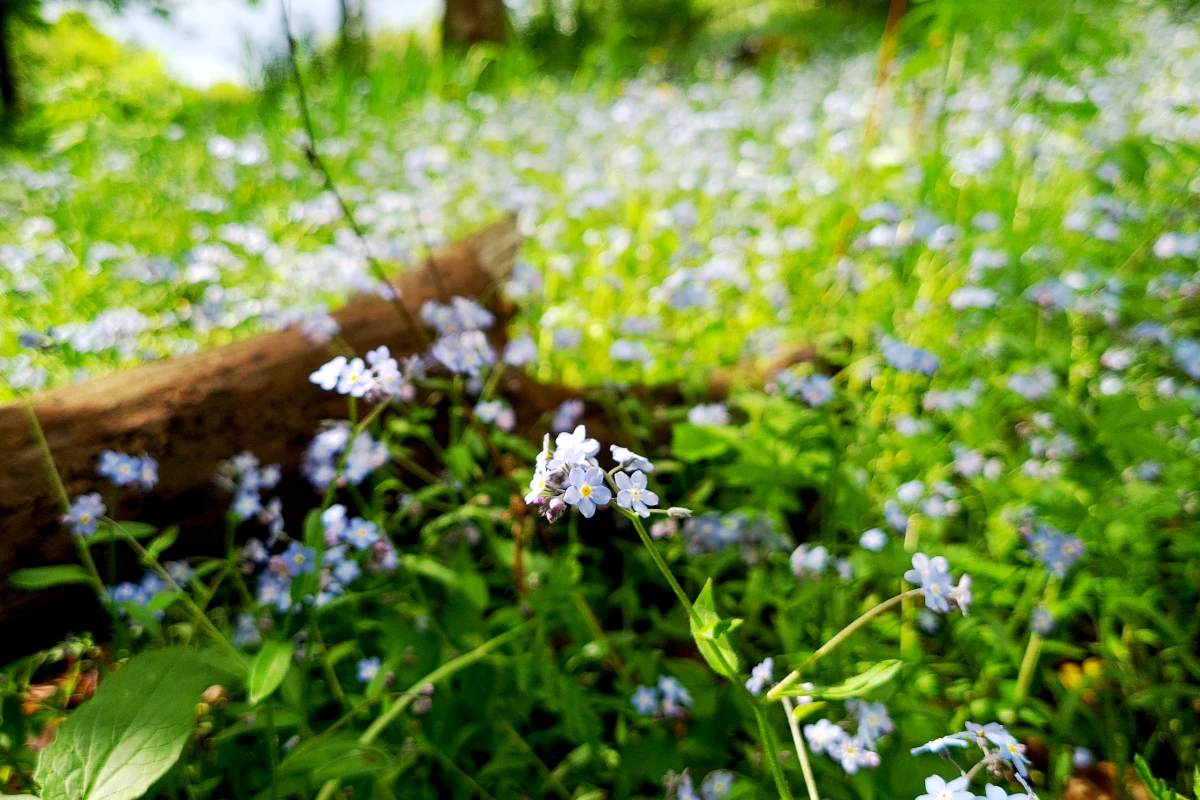
Beekeeping in Cold Climates: How Norway’s Bees Survive
Our apiaries are strategically placed on the peninsula Nesodden in the Oslo Fjord and in the deep forests northeast of Oslo. Depending on the climate of the season, we also use some apiaries in the mountains even further north of Oslo.
Operating between 59.8° and 61.5° north, our beekeeping season is short yet intense. In comparison: Anchorage, Alaska is situated at 61.1° north. Juneau, Alaska is situated at 58.2° north.

Two main periods, first one from early June to late June and second one from late July to mid or late August, mark the peaks of nectar collection for our honey varieties. This is when the bees normally have access to flowers providing them with more nectar then they need for themselves.
Early June until about 20th of June is when our bees collect nectar for our Summer Honey and our Forest Honey. Most years there will be enough honey to harvest, but there are years when these weeks are too cold or rainy for the bees to collect nectar, and instead of having honey to harvest we have to feed our bees with honey from our storage.
The next period that normally provides a good nectar flow is between the last week of July until mid or late August. During these weeks the Ling Heather, Calluna Vulgaris, is blooming together with other late summer plants. During this time our bees collect nectar for either our Late Summer Honey or our True Ling Heather Honey, depending on the location of the apiary.
Experienced beekeepers in Norway say that only one out of seven years give a good nectar flow for the True Ling Heather Honey.
Establishing economically sustainable beekeeping in Norway poses challenges. Maximizing the yield from the two primary nectar flows is crucial, emphasizing the significance of access to diverse locations. The climate can vary significantly within a 30-minute drive between two areas. Recognizing the potential for a challenging season in one region, having a backup area becomes an important strategy to salvage the overall success of the beekeeping season.
No sugar feeding
In Norway, we adhere to strict regulations set by the Norwegian Food Safety Authority. Unlike in some countries, where sugar feeding is allowed, our bees cannot access sugar during the honey collection period. This ensures the purity of our honey, aligning with the high-quality standards set by the authorities.
The Norwegian Food Safety Authority supervises all food production, and they also give clear instructions on what quality they expect different types of food to have. They clearly state: Honey cannot contain any traces of sugar. Random tests of honey produced and imported to Norway are performed by the Food Safety Authority.
The only way to avoid getting sugar mixed into the honey is avoid the bees from accessing sugar. Therefore, feeding bees with sugar during the time of year when there might be honey in the hives, is strictly forbidden. In general, sugar is only allowed used when feeding the bees for the winter.
Open feeding stations for the bees are also strictly forbidden, no matter if you feed with honey or sugar. If we are in need of feeding our bees, we must do so inside the hives and we can only feed the bees with honey from our own production.
Open feeding stations will attract bees from other apiaries, and the surrounding beekeepers will not be able to control if their bees are visiting flowers or the neighbouring feeding station.
We are very happy about these regulations, even though they give us challenges. As all Norwegian beekeepers see the positive sides to these regulations and are following them, we can be certain that our bees haven’t had access to sugar during the time of year when they collect nectar for the honey crop.
Another purpose of these regulations is to protect both honeybees and wild bees from spreading potential diseases. Some diseases are spread by close contact between the bees, which can happen when a lot of bees gather at a feeding station.
While the regulations may appear strict, they serve as a significant support for beekeepers. Beekeeping in Norway demands hard labour and sacrifices. Like many beekeepers worldwide, we take immense pride in crafting natural, pure and delicious honey. The clear and transparent regulations and consistent oversight by state offices ensure that we all operate on a shared foundation and principle.
How Norwegian Beekeepers Keep Bees Healthy Without Chemicals
Norway is fortunate to maintain one of the healthiest bee populations globally, free from devastating bee diseases. But keeping it that way demands dedication from all beekeepers in the country.
None of the gruesome bee diseases you see in many countries have managed to establish here. Though, we do face the challenges of the Varroa mite.
The bees can handle small amounts of the mite themselves, but when the number of mites get too high, we have to help them. As we are not allowed to use any pharmaceuticals, we are only left with using natural remedies or fighting them mechanically.
Fighting the Varroa mite mechanically means preventing them from reproducing. We can do so by removing drone cells from our beehives, and that way reduce the amount of Varroa mite by 50% to 90%. This is labour intensive, especially since our bees only have drones in their hives for a few weeks during June. But we do help our bees staying healthy without the need of pharmaceuticals, which is worth the effort.
Unfortunately, Norway has experienced a few occurrences of European Foulbrood in the past decade. Unlike many countries that combat this issue with pharmaceuticals and antibiotics, the approach to treatment in Norway is stricter and more rigorous. The aim is to protect both our wild bees and honeybees.
The prescribed measures involve the eradication of all bees within the affected apiary, followed by the incineration of all hives. Additionally, the beekeeper managing the infected bees is obligated to conduct a meticulous disinfection of all areas associated with beekeeping, encompassing everything from extraction rooms and barns to shoes, tools, cars, and warehouses. This thorough cleaning and disinfection process is essential for preventing the spread of diseases and maintaining the well-being of the bee population.
The Food Safety Authority plays a crucial role in these procedures. Upon discovering and analysing an outbreak, they conduct tests on all apiaries in the vicinity. The scope of testing expands progressively until they are confident in determining the extent of the disease’s spread. This inclusive assessment includes establishing a substantial safety zone to ensure thorough containment measures. This area will then undergo strict controls for several years, and no beekeepers are allowed to move bees through or out of the defined area until the Food Safety Authority is happy and satisfied that the disease has been extinguished.
This method of disease control is emotionally challenging, financially demanding, and labor-intensive. However, the upside is that we avoid the use of pharmaceuticals and antibiotics, ensuring a more natural and sustainable approach. Moreover, this rigorous strategy safeguards not only our domesticated honeybees but also the well-being of wild bees and other essential pollinators.
Curious about Norway’s strict honey laws? Read our regulations guide!
The winter
An old beekeeper once said, the beekeeping year starts in September. At this time all the honey that is to be harvested have been removed from the hives, and we start preparing our bees for the winter.
The winter can be long and cold, and we must make sure our bees have what they need to get through. The bees need temperatures above 12°C/53°F to be able to fly outside their hive. Some winters it’s too cold for the bees to leave their hive as early as last weeks of September, and they might want to stay inside until beginning of April. Beekeeping in Norway involves preparing for the worst and hope for the best. We prepare our hives for several months of staying inside their hive. Though, most years they will have some days in both October and March where they will be able to enjoy the nature outside.
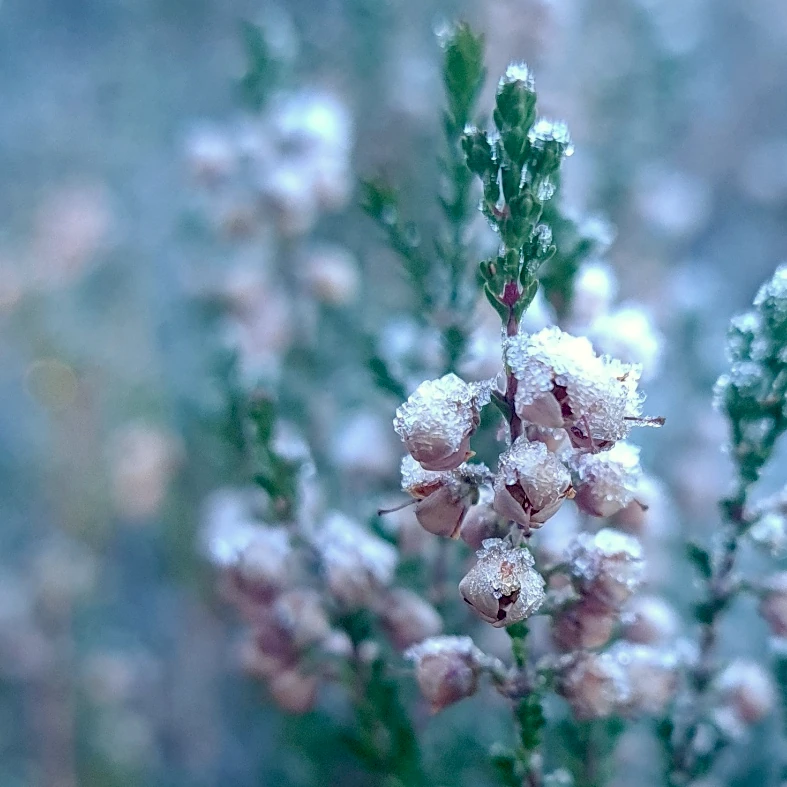
Bees naturally maintain a clean and orderly hive, refraining from any droppings inside. In preparation for winter, we ensure they have an ample supply of food, water and energy by providing sugar syrup. Opting for sugar instead of honey is deliberate, as sugar offers a cleaner source of energy with minimal residues. This choice allows the bees to sustain themselves during the cold winter months, relying on the purity and efficiency of sugar as their primary nourishment.
When the bees have stored their sugar syrup in the frames inside their hives, we close them up and insulate them as well as possible. Then it is important that they are left to themselves with no disturbances until spring.
Throughout winter, we refrain from opening the hives, but we maintain regular checks on the apiaries. It’s crucial during this season to ensure the hives remain upright, avoiding any potential tipping by deer or moose, and to observe that birds are not disturbing the hives. Additionally, after substantial snowfall, we take care to guarantee that the hives have unobstructed access to air, preventing any risk of suffocation for the bees.
Springtime
As early as possible during spring, when temperatures are warm enough, we open the hives and check the health of our bees. We then remove all remaining winter-food, which is sugar syrup, and replace it with honey. We prefer to give them True Ling Heather Honey at this time of year, as this honey is higher on vitamins and minerals then many other types of honey. When they receive this honey, they start buzzing of life and joy, and so does the beekeeper.
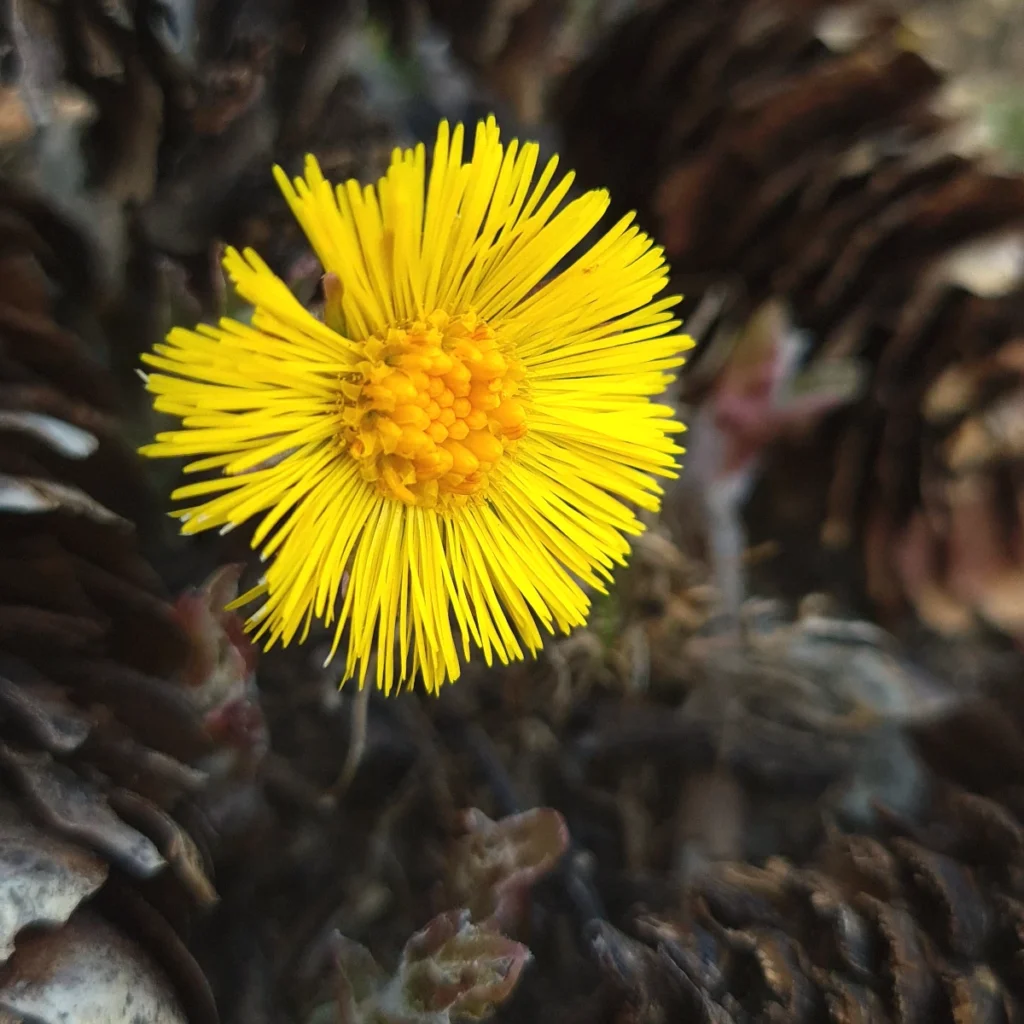
As spring unfolds, we make sure our bees have enough food and pollen until they’re needed for pollination by nature, and in return nature provides them with nectar.
It can be challenging to know their needs during spring, not because of the bees but due to unpredictable weather.. We want the bees to have finished all the True Ling Heather Honey before they start collecting nectar for the first honey harvest, but at the same time we must make sure they have good access to food. The spring varies a lot from year to year, so paying close attention and visit the bees frequently is the key to make the spring successful.
Usually, sometime during the month of May, the nature is providing the bees with enough nectar, and we can rest assured that the bees will make it for the June nectar flow.
Norwegian beekeeping is a true test of patience and skill. Want to taste the results of our hard work? Explore our pure Norwegian honey and experience the unique flavors for yourself!”

